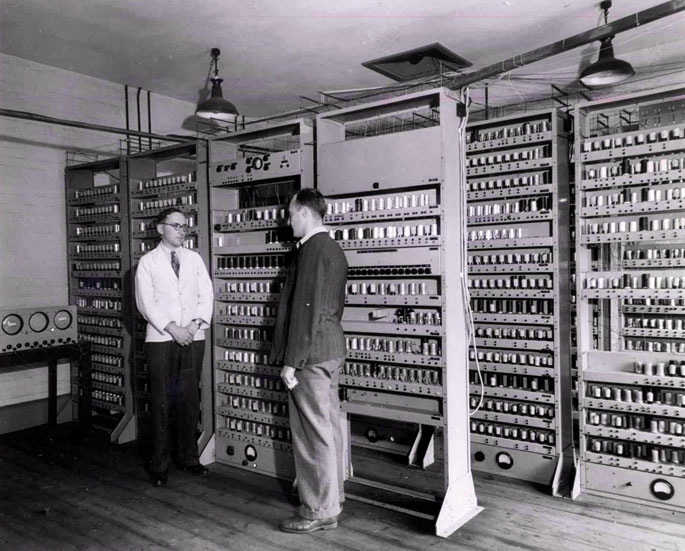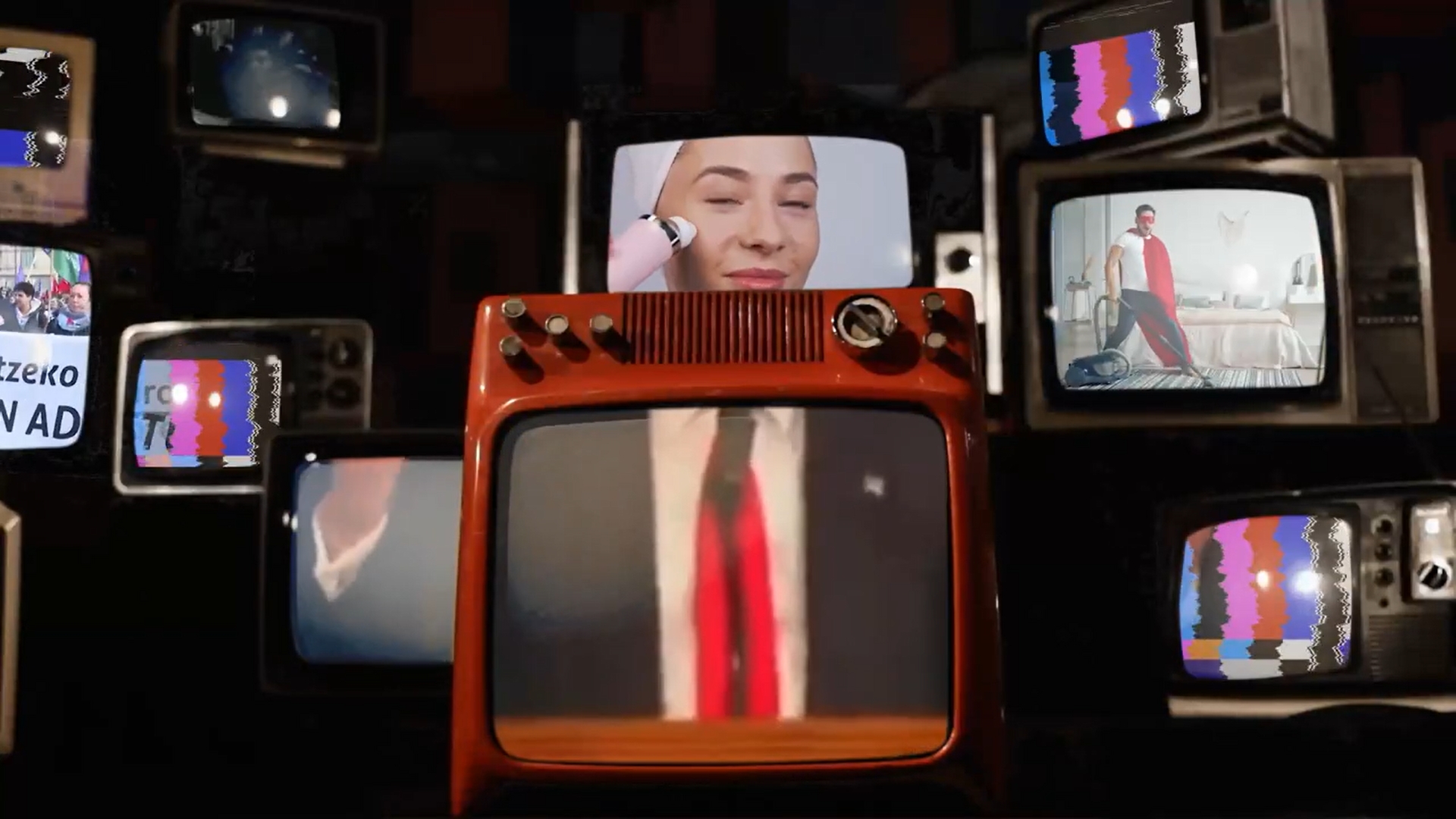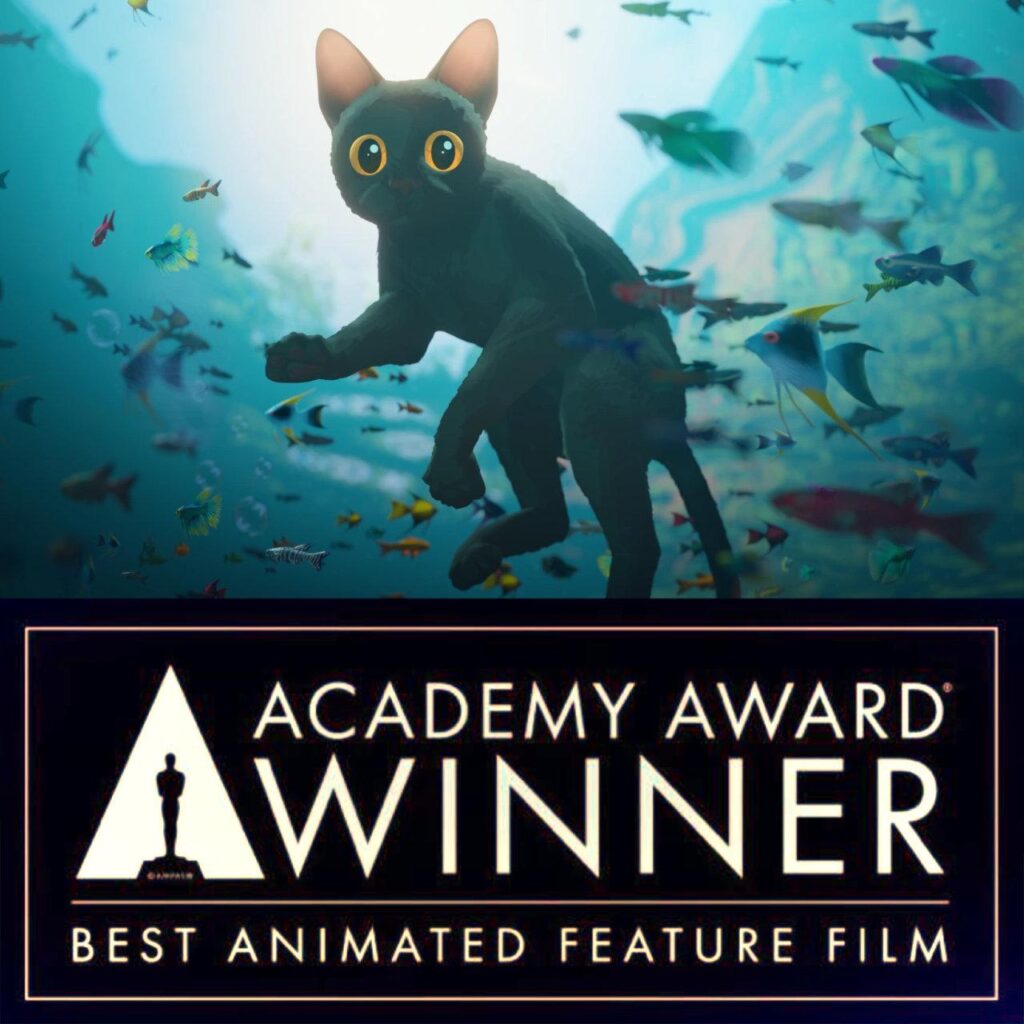The video game in your solitude

Cambridge, 1952. Alexander S. Computer Professor “Sandy” Douglas (1921-2010) prepared a doctoral thesis on the interaction between computers and humans. It needed a practical example of demonstrating its assumptions and had the right tool to do so. At the time, there were only two computers capable of running electronic programs in the world: the first program was run in 1948, near the SSEM (Small Scale Experminetal Machine), at the University of Manchester. The other, EDSAC (Electronic Delay Storage Automatic Calculator), had it at home at Cambridge University. The machine occupying the entire room gave Douglas the opportunity to explain his thesis through a practical model.
The computer computer chose a simple and familiar game to program: In the United Kingdom it is called Noughts and Crosses (zeros and crosses), in the United States Tic-Tac-Toe and in our Three or Three Shepherd Games. It gave it the name of OXO, because of the symbols that are used in the game. Following the contents of his thesis, the game did not allow competition between two human beings; man had to play against the machine. The game table was a 35x16 pixel cathode ray tube, so it can be said that the Douglas game was the first graphic video game that used the digital graphic screen.
There were previous attempts. 1947 Thomas T. Goldsmith Jr. and Estle Ray Mann created the first interactive electronic game. It was a missile simulator based on the radars used in World War II. But he used analogue circuits and to represent the objectives of the missiles used overlapping screens, as digital graphics were not yet available.
In 1950, Claude Shannon designed his first chess program and published his contents in Philosophical Magazine. But the program stayed in design, it never took place.
Therefore, it is difficult to pinpoint where the first milestone of video games is, and many use OXO digital graphics as a criterion for granting the title of the first video game. However, the belief that the first one was Pong is widespread. Atari launched the ping-pong based game in 1972. It was a first-generation game of video consoles, the first one that had a great commercial success. Surely that is why he is usually given a title that does not correspond to him.
Twenty years earlier, OXO had no commercial success. That was not their goal and it was not possible. The program couldn't be commercialized because there was only one or two computers capable of using it in the world.
Economists love the charts that represent the behaviors of the markets, which are curves. I was struck by the analogy of author Cory Doctorow in the article “The future of Amazon coders is the present of Amazon warehouse workers” on the Pluralistic website. He researches the... [+]
Wikipedian bilatu dut hitza, eta honela ulertu dut irakurritakoa: errealitatea arrazionalizatzeko metodologia da burokrazia, errealitatea ulergarriago egingo duten kontzeptuetara murrizteko bidean. Errealitatea bera ulertzeko eta kontrolatzeko helburua du, beraz.
Munduko... [+]
Nortasuna Sarean jardunaldien 10. edizioa egingo dute asteazken honetan Donostiako San Telmon, KomunikaziONA bideguruatzean izenburupean. Egungo komunikazio joerak aztertu eta "alternatiba osasuntsuagoak" topatzen saiatuko dira. Hainbat hizlari gonbidatu dituzte, euren... [+]
Orain dela 20 bat urte, berrikuntzaren inguruan master bat egin nuen. Bertaraturiko gonbidatu batek esan zigun gizakion historian berrikuntza teknologikoaren eragile handiena gerra izan zela. Gerra, halaber, eragile handia da botere harremanen berrikuntzan.
Berrikuntzaz ari... [+]
Puntueusek eta Cyberzaintzak elkarlanean ikusentzunezko baliabide pedagogiko bat sortu dute gazteentzat eta haiekin lan egiten duten profesionalentzat: irakasle, guraso eta hezitzaileentzat. Ikusentzunezko honen bidez, ziberjazarpena ezohiko ikuspegi batetik... [+]
Aspaldi pertsona oso zatar bat ezagutu nuen, urrun izatea komeni den pertsona horietako bat. Bere genero bereko pertsonengana zuzentzeko, gizonezkoengana, “bro” hitza erabili ohi zuen. Edozein zapaltzeko prest zegoen, bere helburuak lortzeko. Garai hartatik hitz... [+]
Sare sozialetan badira zenbait pertsona eragin gaitasun handikoak. Jarraitzaile ugari dute, eta euren iritziak egiatzat hartzen dira. Askok, ordea, egia barik, interes propioa edo klase baten interesak iraunkortzea bilatzen dute. Ameriketan komentokrata deitzen zaie. Alegia,... [+]
Ortutik itzuli berritan erabaki nuen Twitterretik alde egitea, oraindik Twitter zenean. Auzolan batera joan nintzen, brokoliak eta azaloreak landatzera, eta mindfulness efektua zapuztu zidan algoritmoak, idazle feminista transgorrotatzaile baten txioak jaurtitzearekin... [+]
Iragana ulertzen saiatzen eta etorkizuna bideratzen, oraina joaten zaigu zenbaiti. Nire proiektuetako bat (hasi baina landu ez dudana oraindik) dudan zuhaitz genealogikoa egitea da. Horretan lagunduko didan liburutxo bat ere erosi nuen. Baina, hain da handia lana, liburutxoa... [+]
Sustatun agertutako salaketa, LaLiga futbol erakunde espainiarraren eta Movistar/Telefonicaren arteko tratuek euskarazko zerbitzuak kaltetzen dituztela Interneten (kasu hartan Egunean Behin jokoan irudiak desagertzea zen kontua), hedatu egin da. Tokikom-eko euskarazko tokiko... [+]
Silicon Valley-ko oligarkia AEBetako gobernura iritsi berritan lehertu da adimen artifizialaren (AA) burbuila. Txip aurreratuen erraldoia den Nvidia-k urtarrilaren amaieran izandako %16,8ko balio galera, egun bakar batean inoiz izan den burtsa balio galerarik handiena da... [+]
Geroz eta ekoizpen gehiagok baliatzen dituzte teknologia berriak, izan plano orokor eta jendetsuak figurante bidez egitea aurrezteko, izan efektu bereziak are azkarrago egiteko. Azken urtean, dena den, Euskal Herriko zine-aretoak gehien bete dituztenetako bi pelikulek adimen... [+]



















